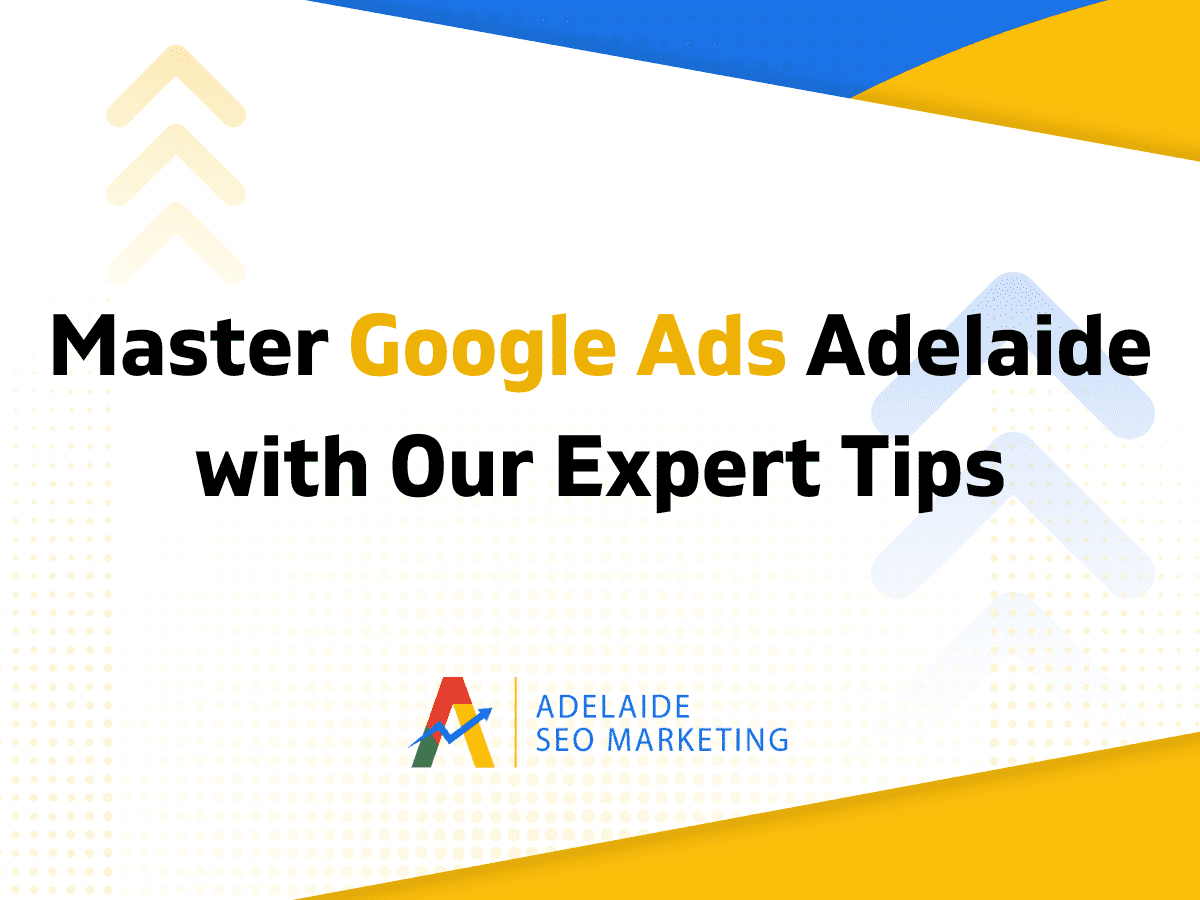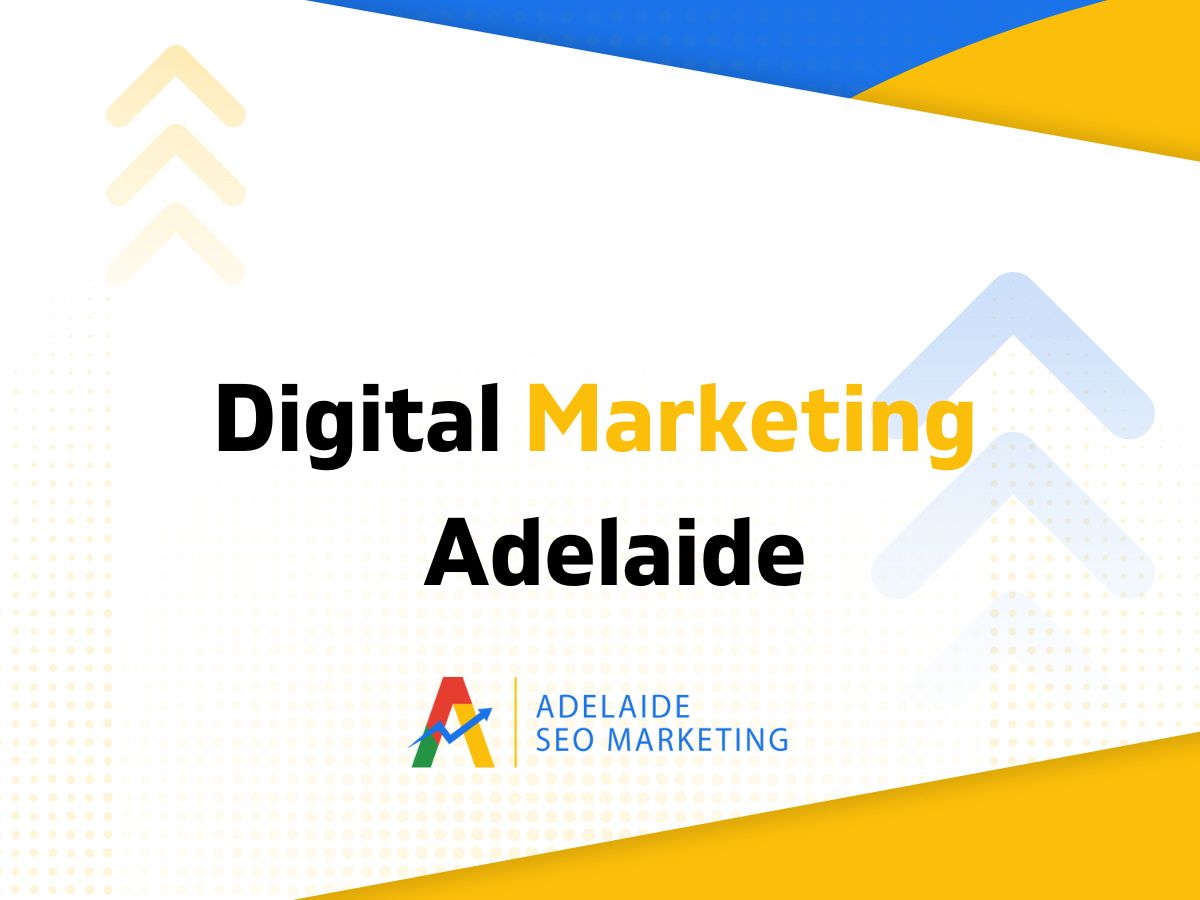In today’s fast-paced digital world, every second counts. A slow website isn’t just an inconvenience; it’s a business liability. With attention spans decreasing and user expectations rising, failing to optimise your website—particularly its images—can lead to increased bounce rates, lost sales, and a poor user experience that harms your brand. Here, we’ll dive into how image optimisation impacts your site’s speed, why it’s crucial for your business, and actionable ways to improve.
Why Site Speed Matters More Than Ever
The modern consumer expects websites to load in an instant. Research shows that 53% of mobile users abandon a site that takes more than three seconds to load. Those few seconds can be the difference between a new customer and a missed opportunity.
A slow website has wide-reaching effects on your business, including:
- Decreased User Satisfaction: A laggy site frustrates users, leading to high bounce rates.
- Lower Search Engine Rankings: Google uses page speed as a ranking factor, meaning a slow site could hinder your SEO efforts.
- Reduced Conversions: E-commerce sites can lose 7% of conversions for every second of delay.
Images often account for the largest files on a website, and if not optimised, they can severely slow down your load times.
How Image Optimisation Affects Site Speed
Images are a significant contributor to page load times. High-resolution images, uncompressed files, or oversized visuals slow down your website. Optimising images can make a drastic difference, sometimes reducing page load time by up to 50%.
Consider the following statistics:
- Large File Sizes: High-quality images can take up a lot of space, which means browsers need more time to load them.
- Unnecessary Resolutions: Uploading an image at 4000 pixels wide when it’s only displayed at 500 pixels on the site is a waste of resources and load time.
- Multiple Formats: JPEGs, PNGs, and GIFs all have different file sizes and purposes. Choosing the wrong format for a particular image can slow down your site.
The process of image optimisation includes compressing images, resizing dimensions, and choosing the right format. When done correctly, image optimisation makes websites faster and more user-friendly.
The Business Impact of a Slow Website Due to Poor Image Optimisation
-
Negative User Experience and Higher Bounce Rates
- A slow website disrupts the user experience. Customers may feel frustrated and abandon your site if they have to wait too long.
- Studies show that a 100-millisecond delay in load time can reduce conversion rates by 7%.
-
Lost Revenue
- A slow site can directly impact your sales and revenue. For example, Amazon found that every 100ms of latency cost them 1% in sales. Imagine what a few extra seconds could do to a small business.
- E-commerce websites that rely on high-quality images for product listings are particularly affected. If your images aren’t optimised, potential customers might leave before they even see your products.
-
Poor SEO and Lower Search Engine Rankings
- Google has stated that page speed is a ranking factor. Websites that take longer to load are ranked lower, affecting organic visibility.
- Image optimisation is a key component of on-page SEO. By not optimising images, you risk falling behind competitors in search engine rankings.
-
Reduced Mobile Traffic and Conversions
- With mobile traffic accounting for over 50% of all internet usage, it’s vital that your site performs well on mobile devices.
- Unoptimised images not only take longer to load on mobile but also consume more data, which is a deterrent for mobile users on limited data plans.
Real-World Example: How Unoptimised Images Impacted a Major Retailer
A popular global clothing brand recently found that their website, despite being visually stunning, had a high bounce rate. After conducting an analysis, they discovered that oversized images were slowing download times, especially on mobile. By compressing their images and choosing the appropriate formats, they reduced load times significantly and saw a 12% increase in mobile conversions within a month.
How to Optimise Images for a Faster Website
Now that we understand the costs of ignoring image optimisation, let’s explore ways to improve:
-
Choose the Right Format
- JPEG: Best for photographs or images with many colours; JPEGs can be compressed without sacrificing much quality.
- PNG: Suitable for graphics or images with transparency. However, PNGs have larger file sizes and should be used sparingly.
- WebP: A modern format that provides superior compression and quality. WebP images load faster and are supported by most browsers.
-
Resize Images Based on Usage
- Resize images to the actual dimensions needed for display on your site. If your layout requires a 300×300 pixel image, uploading a 2000×2000 image will only increase load times without any visual benefit.
- Consider creating responsive images that adapt to different screen sizes, ensuring mobile and desktop users get the best experience.
-
Compress Images
- Use tools like TinyPNG, ImageOptim, or Adobe Photoshop’s compression settings to reduce file size without compromising quality.
- Aim for a file size below 100 KB for web images where possible, as this will help speed up load times.
-
Use Lazy Loading for Off-Screen Images
- Lazy loading only loads images when they come into view. This helps reduce initial load time by delaying the loading of off-screen images until they’re needed.
- Most modern website builders and CMS platforms offer lazy loading as a built-in feature, so make sure it’s enabled on your site.
-
Leverage Content Delivery Networks (CDNs)
- CDNs store copies of your images on servers worldwide, allowing users to download them from a server closer to their location. This reduces latency and speeds up load times.
- CDNs like Cloudflare, Fastly, and Amazon CloudFront can optimise and deliver your images quickly, no matter where your users are.
Examples of Brands That Excel at Image Optimisation
- Nike: Nike’s e-commerce website utilises WebP images to maintain quality while ensuring fast load times. They use lazy loading for product images, which allows the site to load faster without compromising the browsing experience.
- Etsy: This online marketplace uses responsive images that adapt to different screen sizes, ensuring mobile users enjoy fast-loading product pages. Etsy also leverages lazy loading to improve user experience by loading images only when necessary.
- Zara: Zara compresses its images efficiently while still maintaining high quality. By doing so, they ensure their product pages load quickly, reducing bounce rates and keeping customers engaged.
The Long-Term Benefits of a Fast Website
Optimising images can feel like a lot of work, but the benefits far outweigh the effort. Here are the long-term advantages of a faster website:
- Improved User Experience: Faster load times lead to higher engagement and a better overall experience for your visitors.
- Increased SEO Performance: With a faster site, you’ll likely rank higher on search engines, leading to more organic traffic.
- Higher Conversion Rates: A fast website encourages users to stay and complete desired actions, ultimately leading to more sales.
- Enhanced Brand Image: A responsive, fast-loading site reflects positively on your brand and builds trust among your customers.
Final Thoughts: Don’t Underestimate the Power of Image Optimisation
In the world of online business, speed is everything. Every second counts when it comes to keeping your audience engaged and driving conversions. Image optimisation is one of the most effective ways to ensure your site is running at its best.
If you want to stay competitive, it’s essential to prioritise load time and create a user-friendly experience. By investing in image optimisation and following best practices, you’ll enjoy increased user engagement, better search engine rankings, and, ultimately, a stronger bottom line. Remember, a faster website isn’t just about convenience—it’s about creating a seamless experience that keeps users coming back.
SEO That Converts: More Clicks, More Customers.
Your journey to online success begins here, with Adelaide SEO Marketing. We’re not just a service; we’re your partners in growth.







